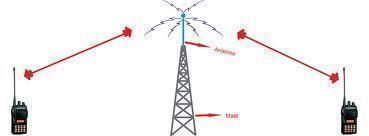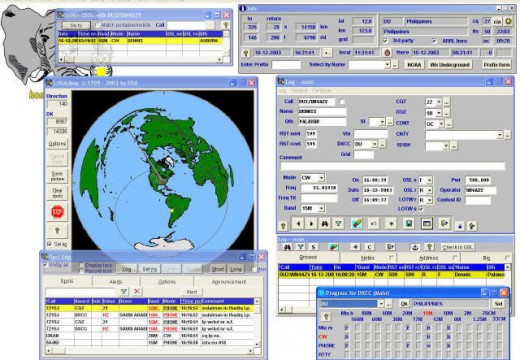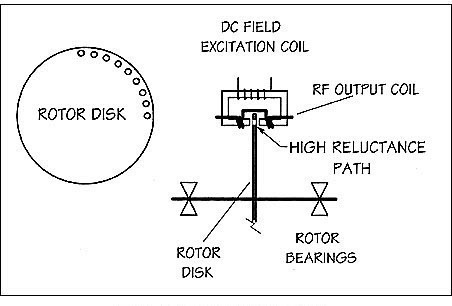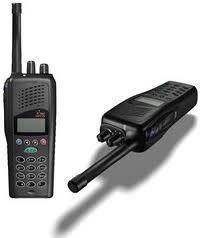Portable radios are limited in the power at which they can transmit, usually somewhere between .5 watts and 5 watts. A very rough rule of thumb is that one watt equals one mile of range over flat and open terrain. Buildings and mountains will, of course, greatly modify effective range.
When two radios communicate directly with each other, this is known as Simplex. To achieve greater range, a radio repeater is often utilized. A radio repeater is a base station radio with a large antenna. Each portable radio communicates with the repeater and the repeater rebroadcasts the signal for the other portable.
Radio repeaters are allowed on Amateur (HAM), GMRS (General Mobile Radio Service), and Business Band.
Radio repeaters are not allowed on CB (Citizens Band), FRS (Family Radio Service), or MURS (Multi-Use Radio Service).





pieter briel
I have two TKR850 FM repeaters, one on a muntain and one in town 3km apart from each other. The repeater on the mountain RX469.425 and TX473.425. The one in town RX473.425 and RX469.425. I have a permanent transmit, it sound like the repeater are in a loop? Or must I put up another repeater with the system?? Thank you for your response.
George
I am a VA police officer and we are having trouble transmitting and receiving inside the hospital. Would a outside repeater help this problem.
Ron W
I own a haunted house that operates inside a limestone cave. In prior seasons, radio communications within the haunt itself could get dicey at times, but it was adequate. This year we are expanding with new haunts that will be located further back into the cave. This means that direct communication between someone near the entrance of the cave with someone near the back haunts would be impossible.
The radios we now use are typical electronics store FRS radios. Budget does not allow for more expensive BC radios. The cave is a typical limestone mine and ranges from 30 ft to about 100 feet in depth.
Are there any suggestions on how we might repeat radio signals inside the cave? Any help would be appreciated as I have no idea how to fix this important problem.
Xun Zhu
Thank you very much for replying!
I might just don’t understand how repeaters work:
1. you’ve said that mobile radios’ transmitting range is very limited, so why the repeater from a certain (30 miles away for example) distance can receive it?
2. if there are two pairs of mobile users A-B; C-D:
a) A is communicating with B, and C with D;
b) A and B are unreachable using Simplex, so are C and D;
if there is only one repeater available, can these two pair of users communicate simultaneously?
Will.Spencer
1. Repeaters, not being mobile, generally have larger antennas and more powerful transmitters.
2. That depends upon the type of repeater. Older radio systems supported a single shared conversation at any one time. Modern systems support many conversations on a single frequency.
Radhanan Paendrag
What is the range of a radio repeater?
Will.Spencer
The range of any repeater depends upon the power output, frequency, antenna design, and antenna placement.
Xun Zhu
How many mobile users can share a repeater simultaneously?
Will.Spencer
That is dependent upon the repeater. What is your application?